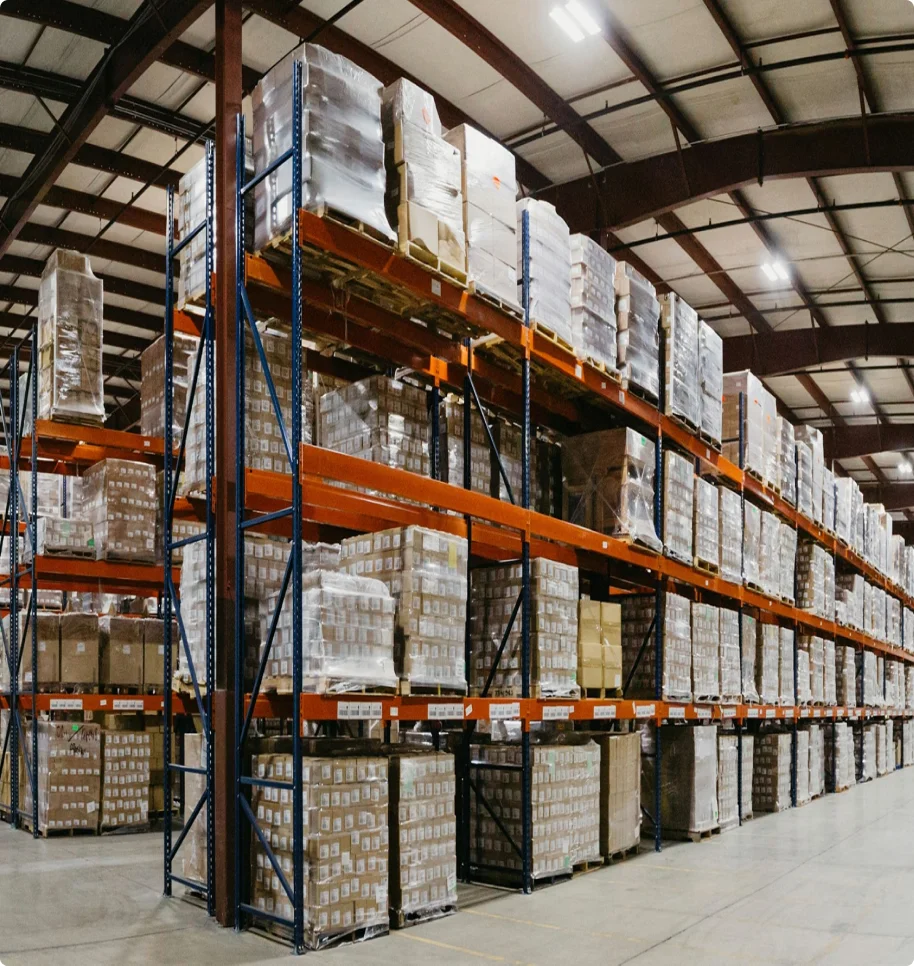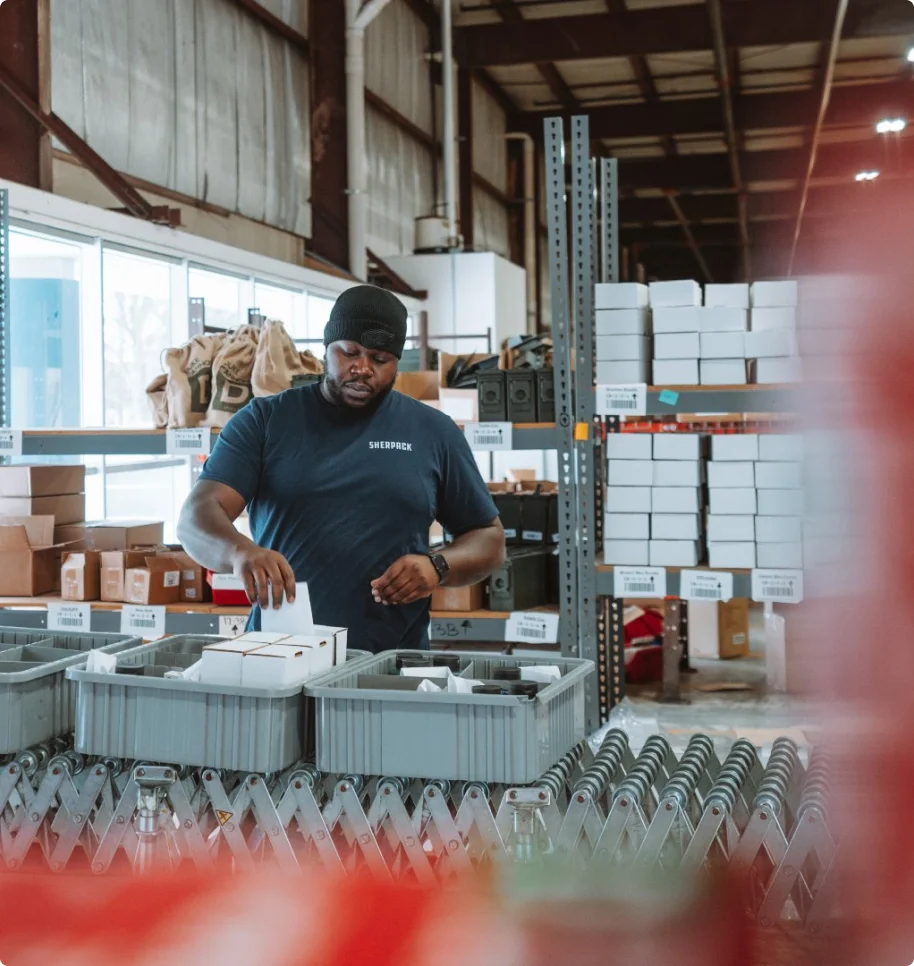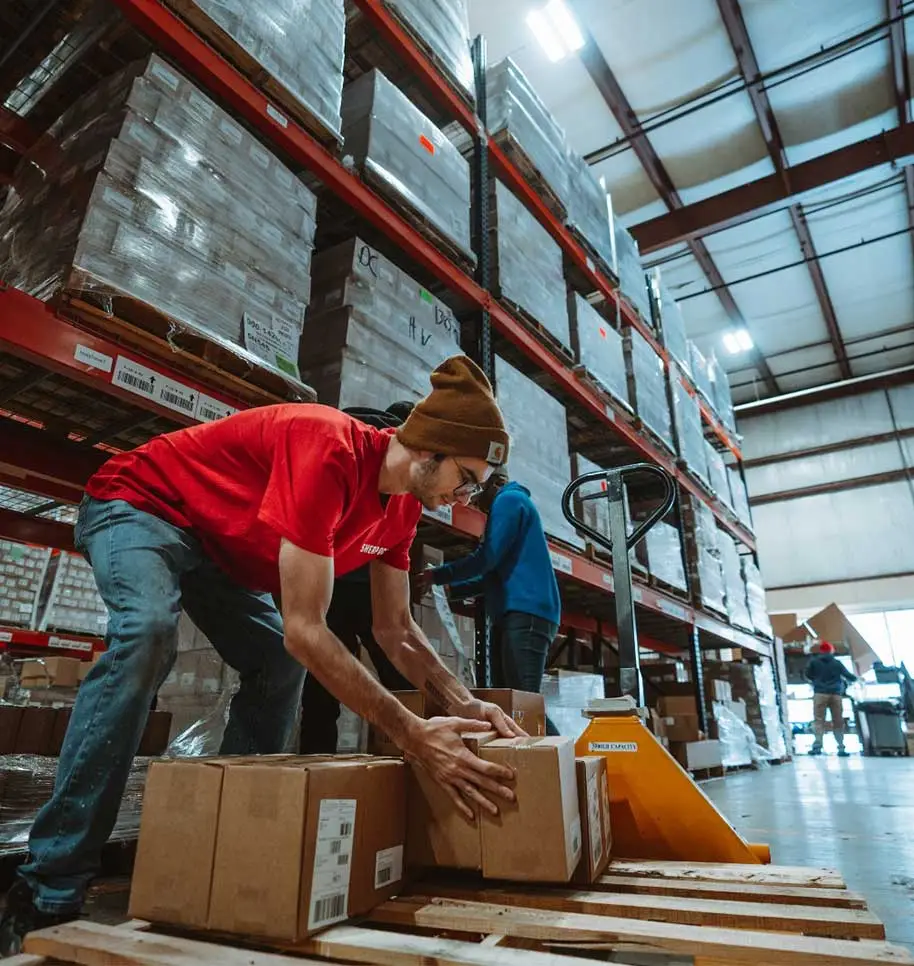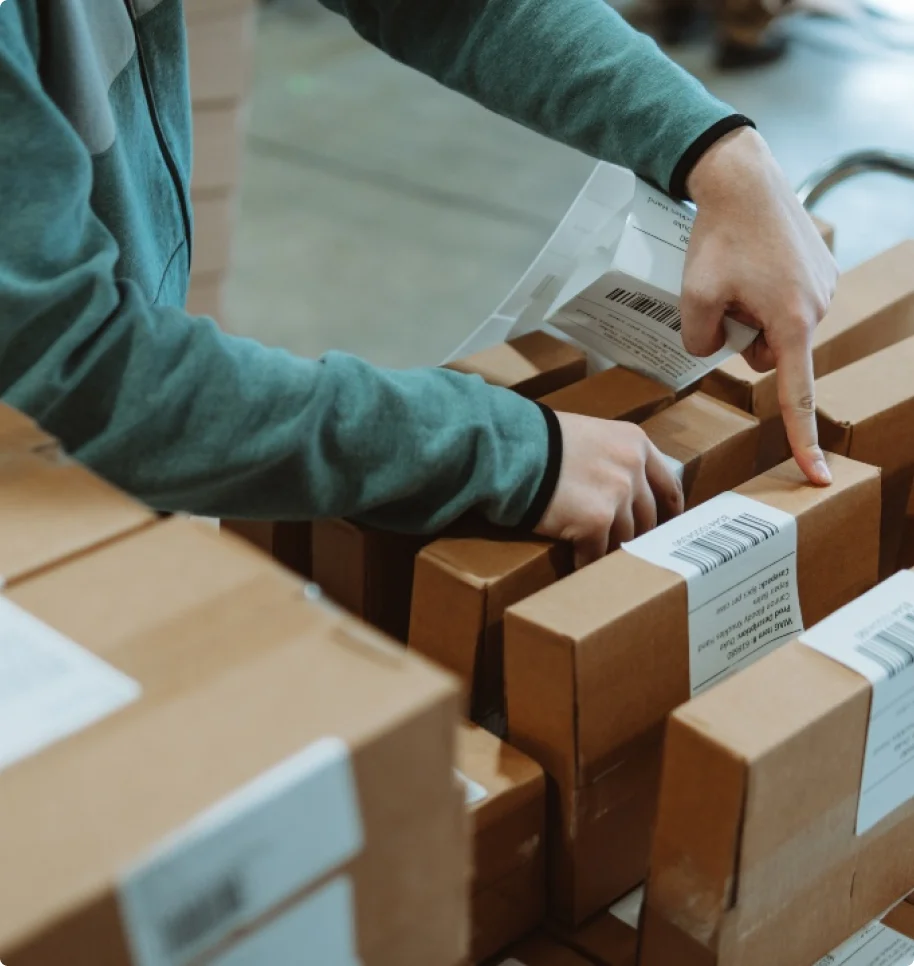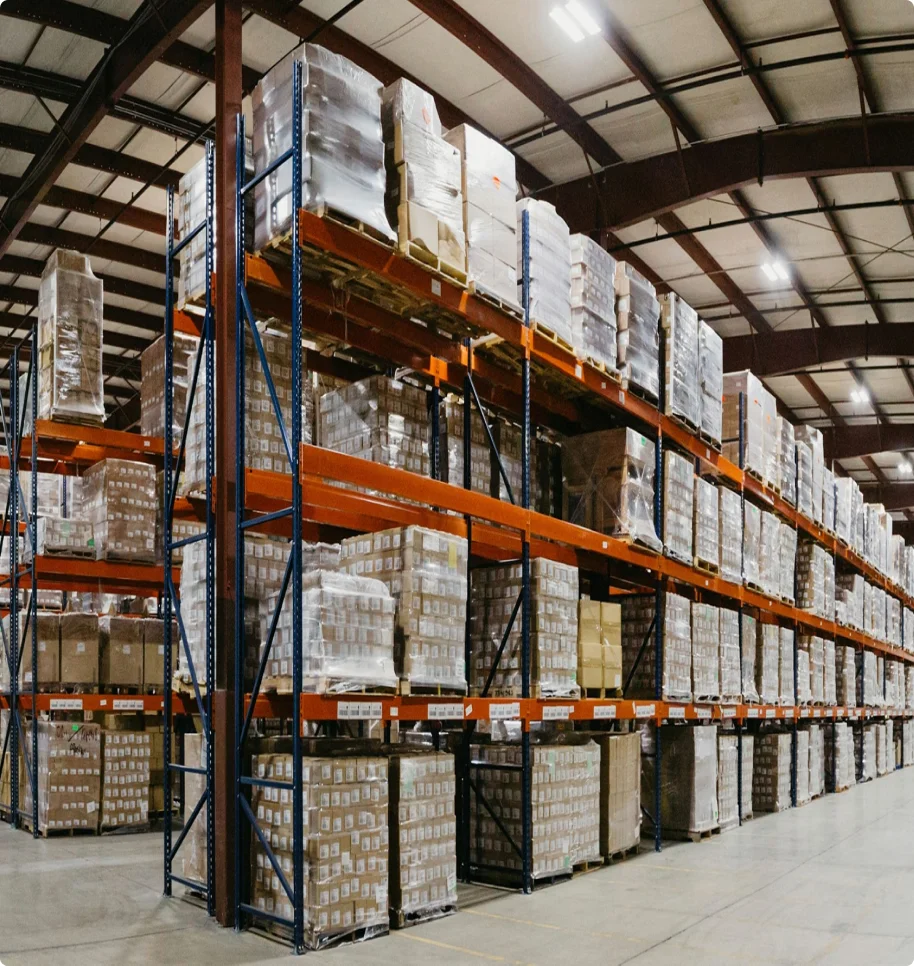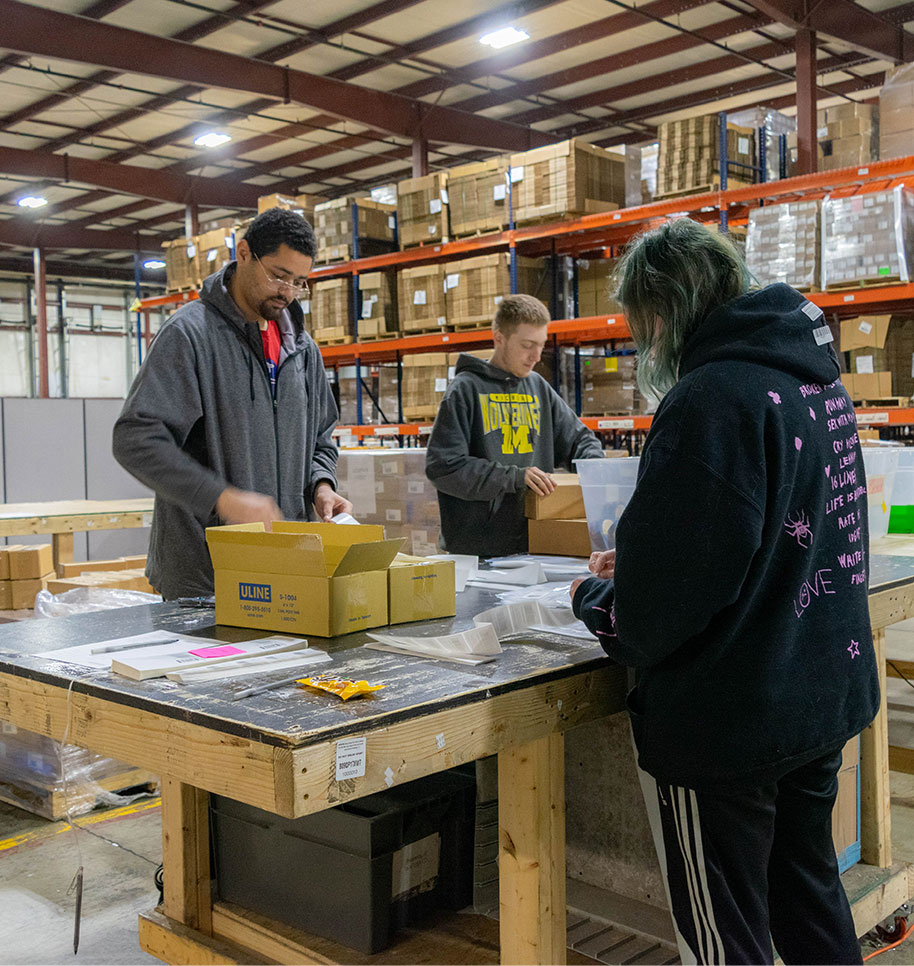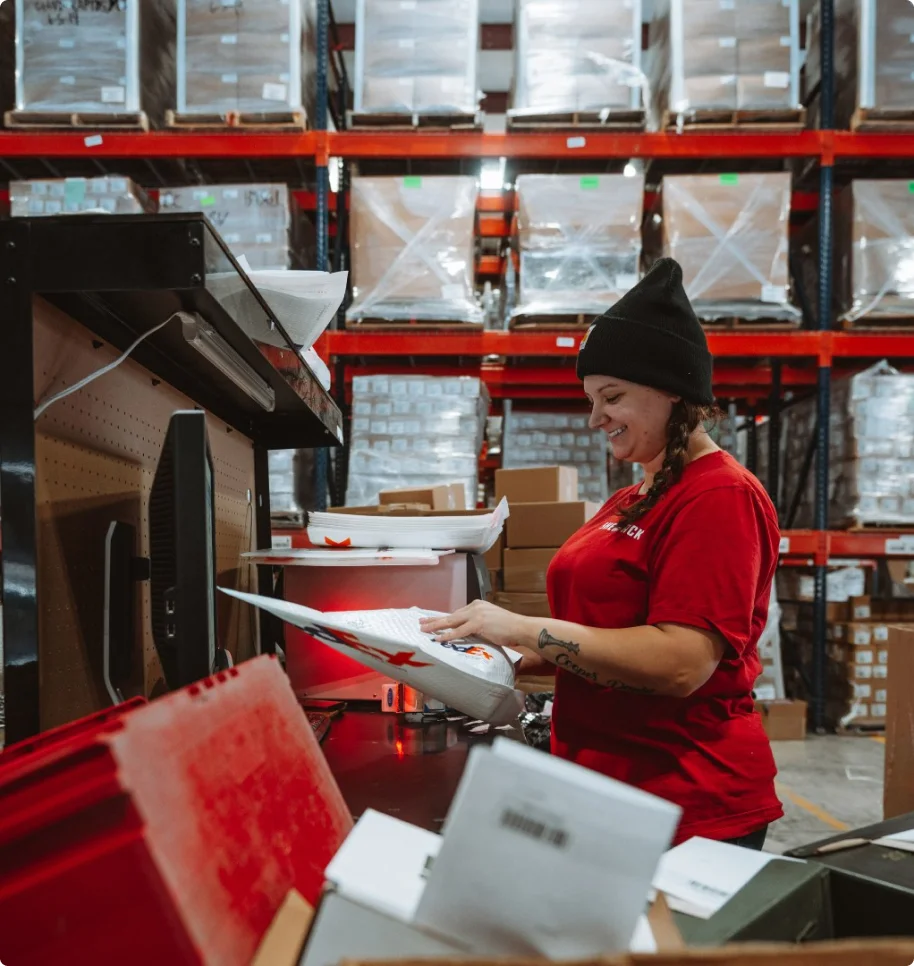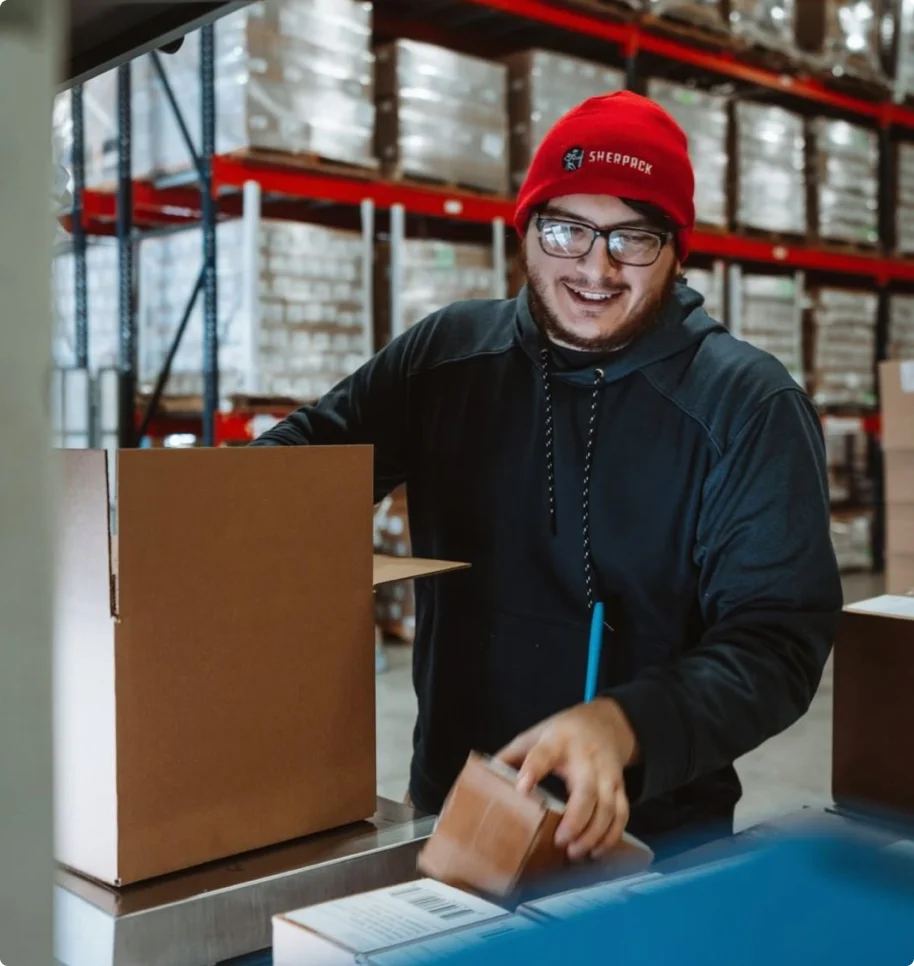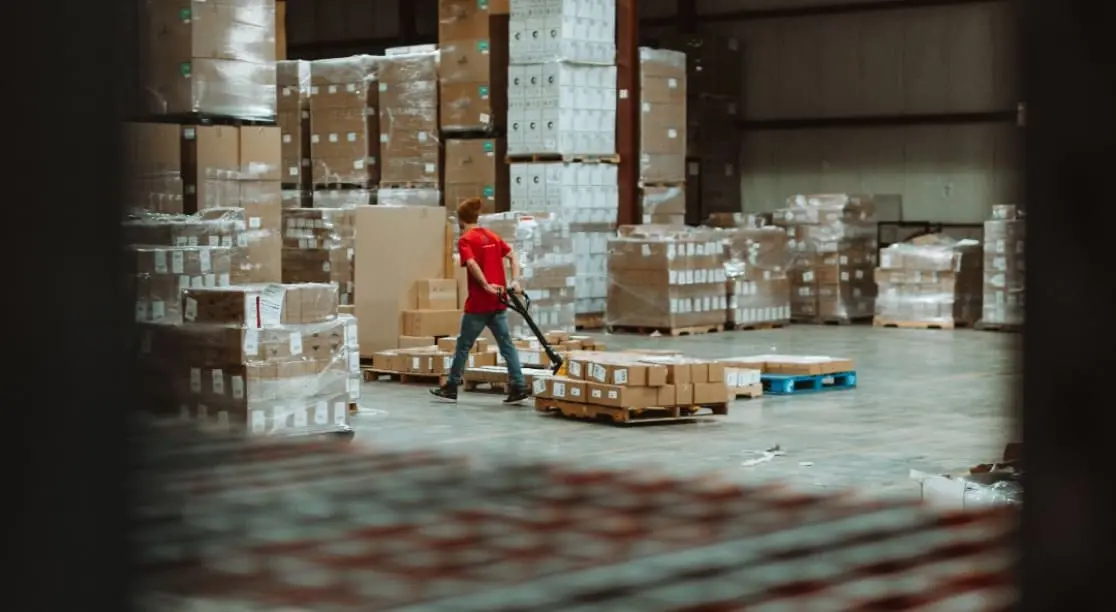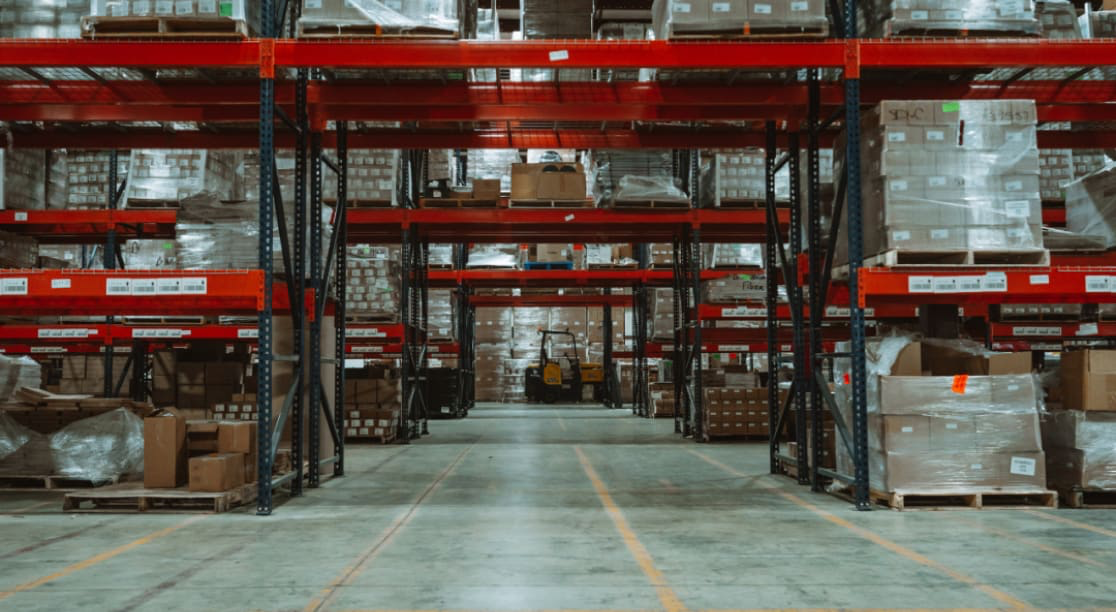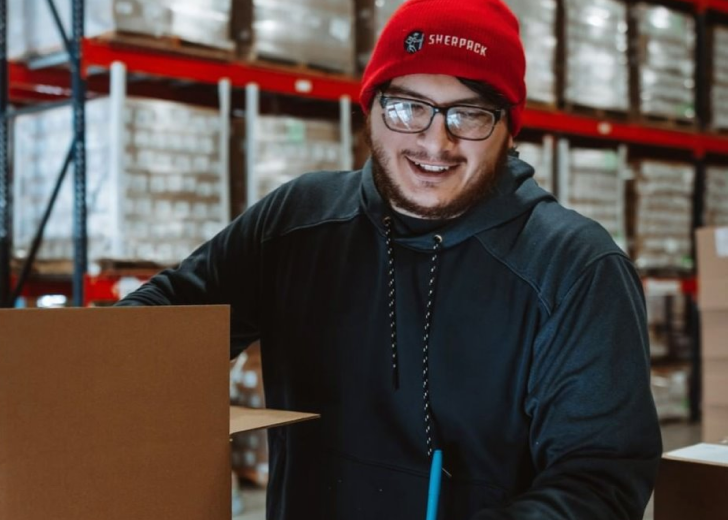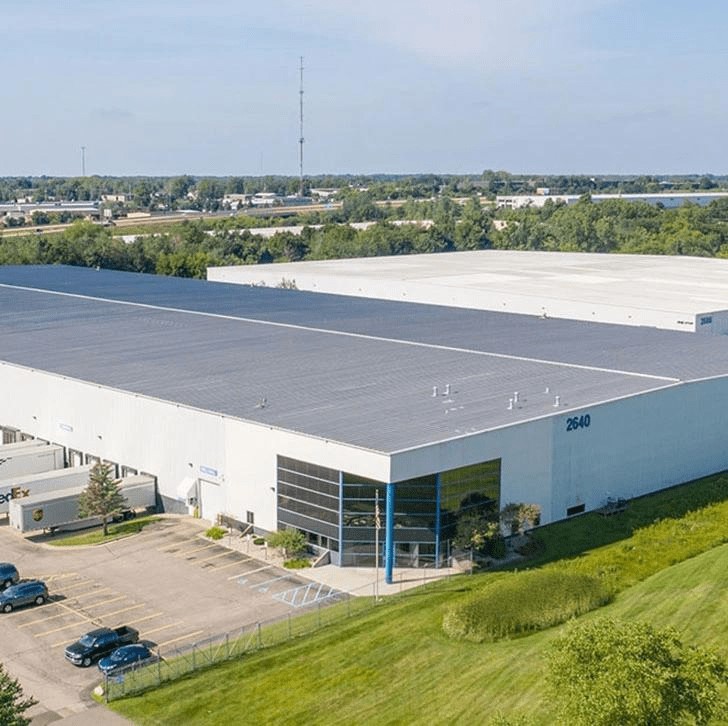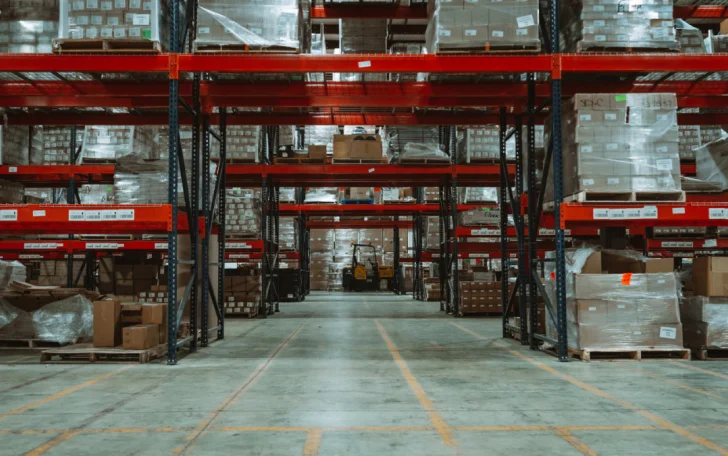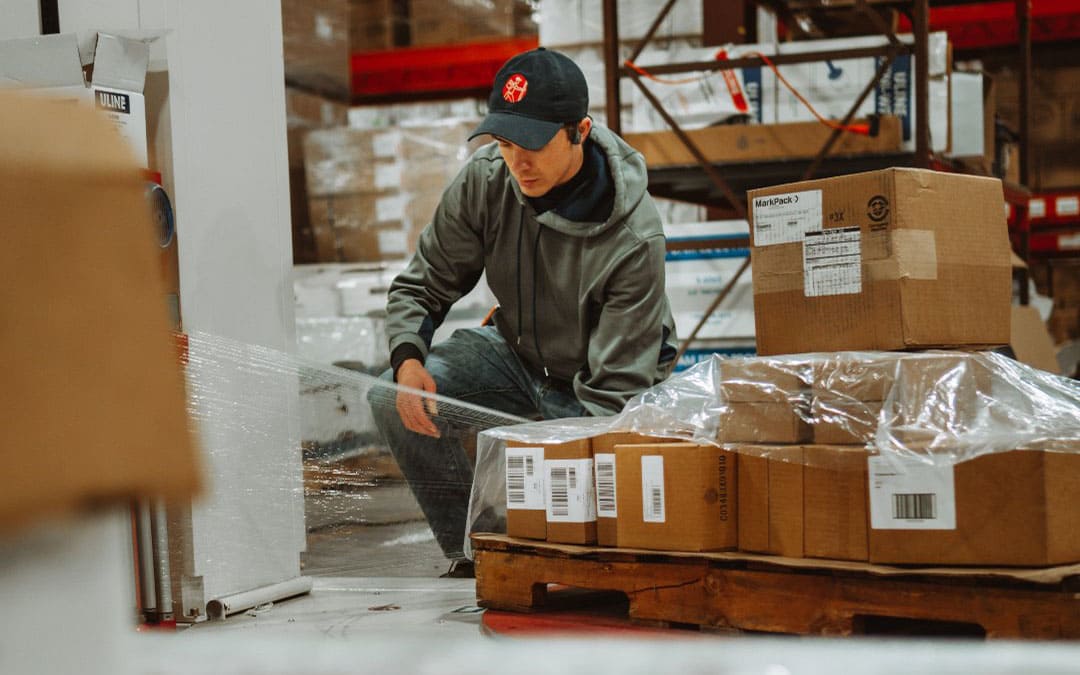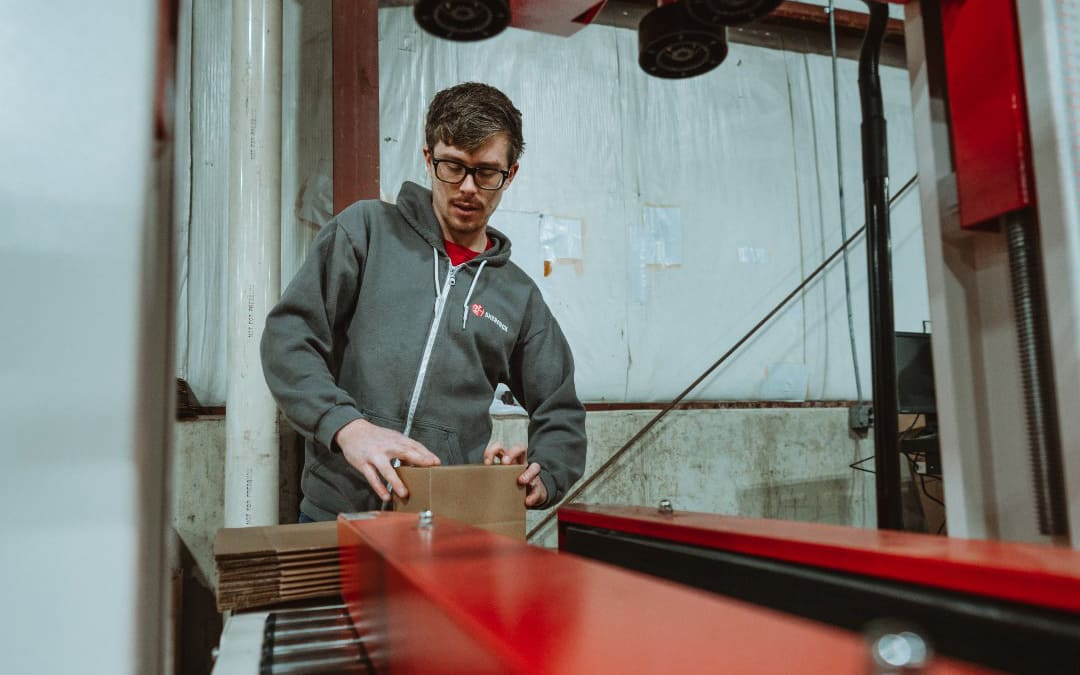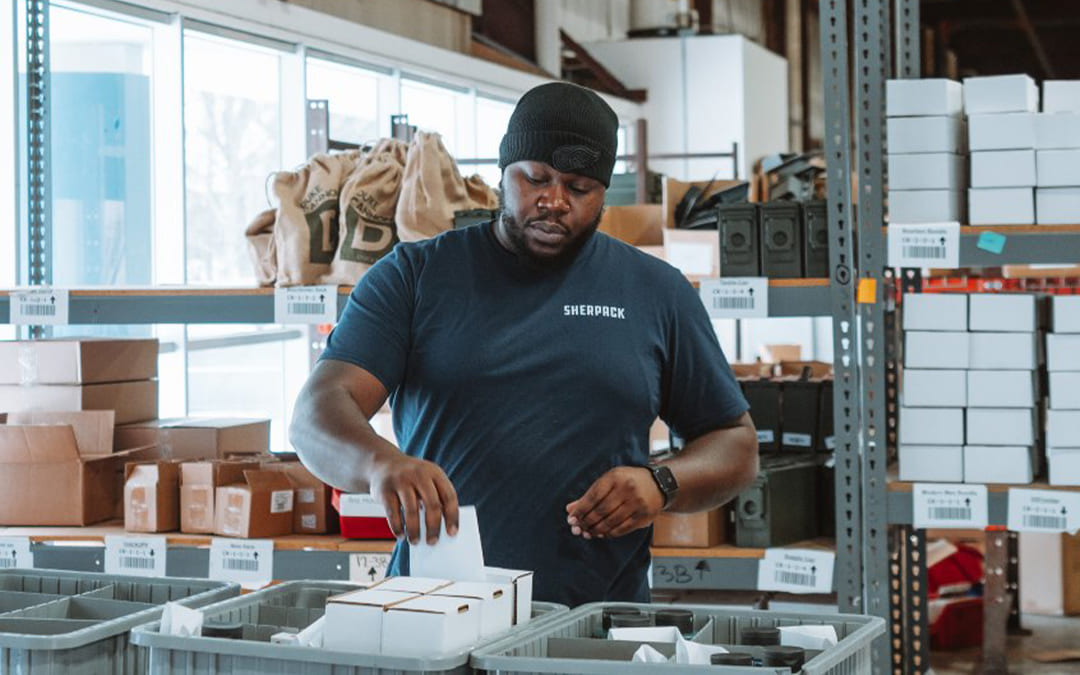At Sherpack, we know that turning to fulfillment services often goes hand-in-hand with long-term strategies to ship out to big-box retailers like Target, Wal-Mart, Home Depot, Kroger, HEB, and others. If you are also working on a partnership with one of these large brands to get your products on their shelves, there are challenges to face – and your organization will need help to be ready. Here are several barriers that our clients have faced, and how we’ve worked to surmount them.
Picking the Right Big Brands
First, businesses have to narrow down just what retailers they want to pursue. The industry you are in makes that easier, as some big retailers just won’t be suitable for certain products. However, it’s also important to consider other factors, like what sort of fee structure brands have (a bit more on this below), their shipping requirements, how flexible they are concerning requests, their locations in your region, and any special storage requirements your products may have. Consider your choices from all angles before picking a top list to work on.
AND Picking the Right Products
If your business is selling and shipping multiple products, you also need to consider what products to pitch to retailers in your application, and if a product is the right fit or not. Trying to sell multiple products right out of the gate with a big retailer could lead to problems, and Harvard Business Review cites a case where a manufacturer was trying to sell the same products to both Home Depot and their own wholesalers at the same time, which understandably led to chaos. Not all of your products may be suitable for a partnership like this, and that’s fine: It’s important to narrow down which are.
This is also a good time to consider if you need to update your product packaging and presentation for the big league shelves!
Meeting Retailer Standards
Every large retailer will have a long list of requirements to meet for any supplier. This can be one of the most daunting parts of the application process, as common standards for supplies can include everything from the correct liability insurance and public financial reports to proof of food safety compliance and factory audits. These standards are not difficult to meet if you are prepared, but it’s important to get an early start on them, even if you aren’t sure if you will be ready for big retailers for a few years.
Upgrading to Necessary Tracking Systems
Each large retailer will have their own tracking requirements, usually involving Universal Product Code (UPC) IDs or similar codes, along with compatibility or adoption of certain software systems for managing logistics. This can require serious overhauls for some businesses, but the good news is Sherpack has a ready-to-go solution with SPS Commerce, that allows us to easily integrate with retailer systems with the cost and time of creating a custom-built software solution or completely replacing a system.
Meeting Turnaround Requirements
Pay close attention to any turnaround requirements that a retailer may put into place – in other words, if they put in an order for new products from your business, they will require those products within a certain time frame and shipped a certain way. The bigger the retailer, the more demanding their turnaround could be: They may want products shipped to them with a 24-hour deadline in some cases.
This means accepting that higher shipping costs may be one of the fees associated with the partnership (although there are still ways you can manage shipping costs). Or, you could focus on retailers that have less stringent order requirements.
Balancing Wholesale Prices
How much will you charge for your product? Profit margins can look very different when working with a big retailer: Packaging, commissions, marketing (will you hire a rep to reach out for you?), and distribution fees may all change, and that can lead to significantly increased costs. To avoid wiping out profit margins, Entrepreneur suggests aiming for a manufacturing cost per product that’s around 1/5th of the final retail price, then going from there.
Keep in mind that accepting a slimmer profit margin may be good business sense if a large retailer can greatly increase your sales numbers – after all, that’s one of the perks of getting products on their shelves and may require some new budgeting strategies.
Managing On-Site Representation
If you’re still focused on regional sales, look for retailers that are accepting of on-site representation and direct communication. The more you or your representative can interact with a single story/region and its managers, the more advantages you can realize, like arranging shelve placement or special discounts. This also allows you to focus on a single site until you’re ready for broader distribution. Look for local vendor programs that encourage these kinds of opportunities if you are interested.
On the E-Commerce Side of Things…
An e-commerce partnership is also a possibility for big retailers if you aren’t as interested in brick-and-mortar representation. The application process may be similar, but there will be key differences that your strategy must align with. For example, some online retailers may leave you in charge of shipping or require you to offer certain kinds of shipping. Is it worth the extra cost to provide two-day shipping on their site to specific regions? If it’s not, your product may struggle with visibility and competing suppliers.
Speaking of visibility, online retailers may also use their own algorithms or ranking systems to decide how easily your products show up in site searches, how often they are recommended, and what categories they appear under. They may even allow for internal paid advertisements. Do your research to understand how your products can thrive in this environment! Working with a third-party fulfillment center like Sherpack can make it easier to meet shipping and tracking requirements for their online systems.
How Sherpack Can Enable Big Box Shipments
Remember to contact Sherpack so we can discuss your big box plans and how our services can help out. We offer easy integration for big-box tracking and shipping, with support for any EDI (Electronic Data Interchange) documentation you may need. Send us a message to discuss the details!

